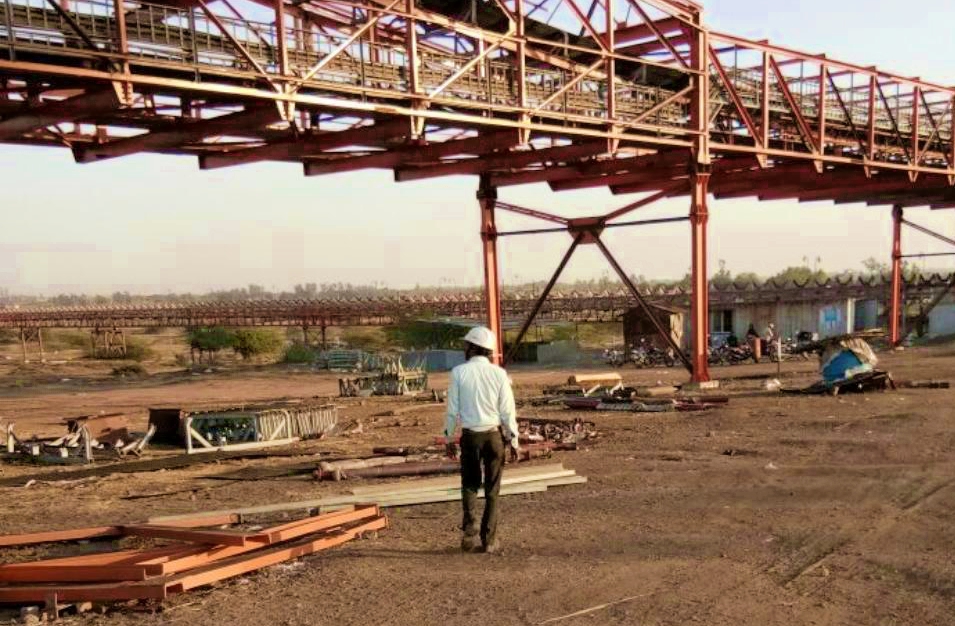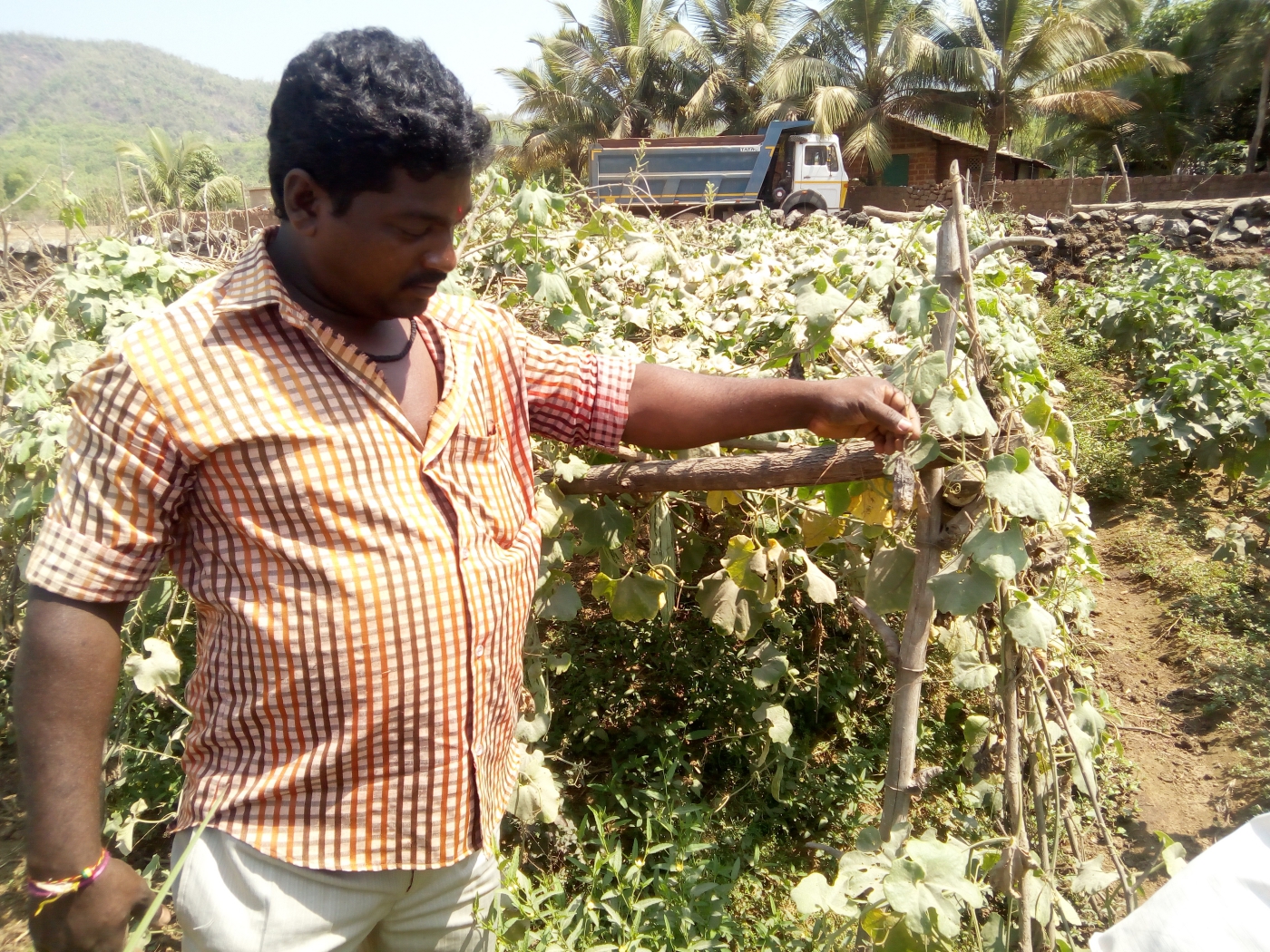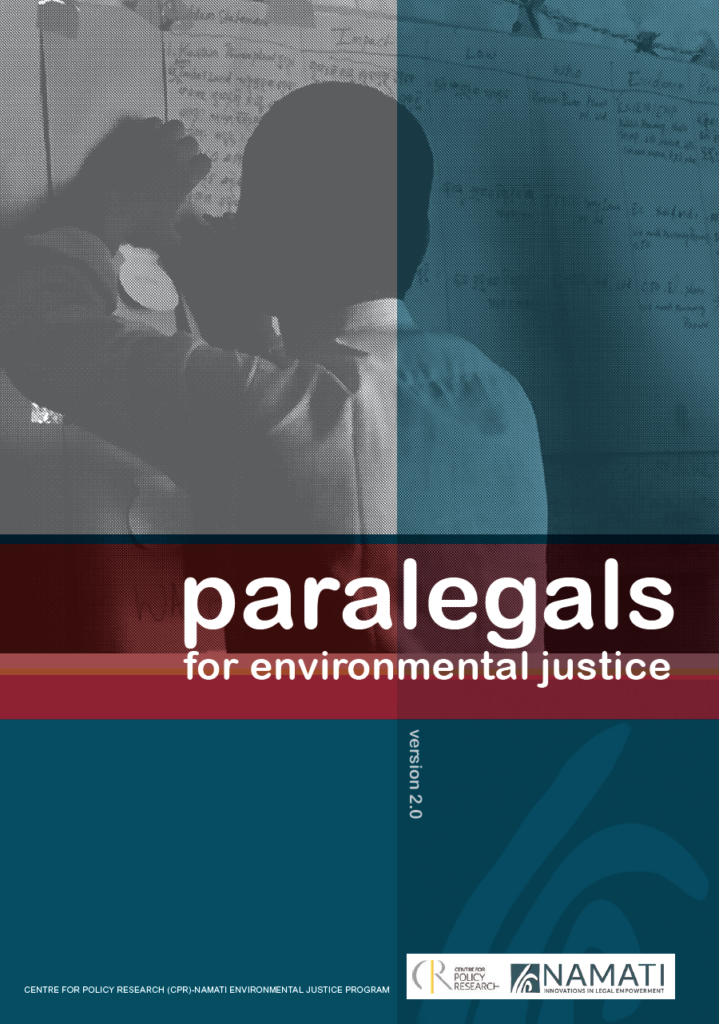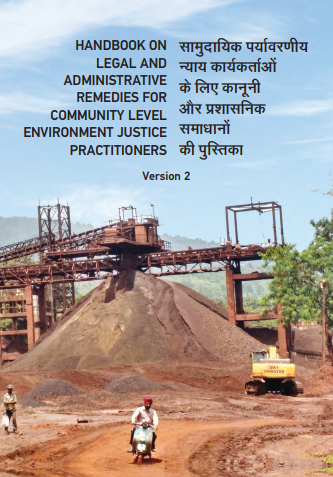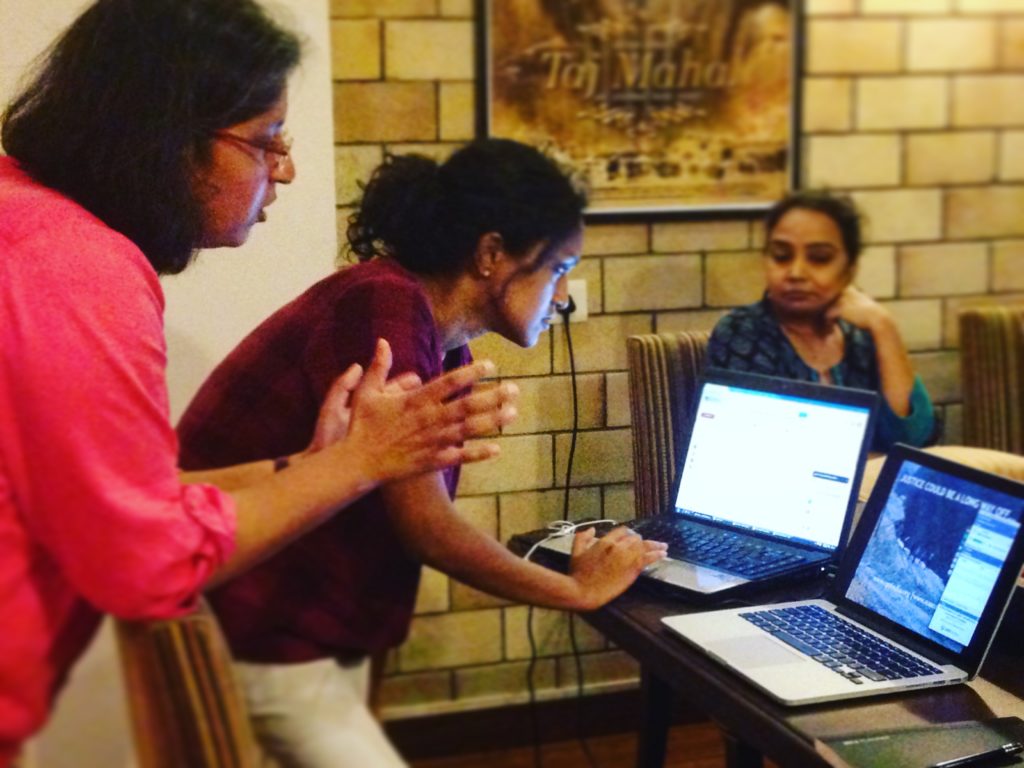Environmental Justice
Across the globe, protection of the environment is an area where the gap between law and practice is especially wide.
Part of the difficulty is that ordinary people can rarely take part in government decision-making processes for siting industrial projects. Neither can they negotiate on equal terms with firms proposing such plans. Increasingly in India projects are being located on the coasts where there are transport advantages and land and water is more readily available. Fishing and coastal communities are in contest with large multinationals for the very spaces where they have their homes and make their living.
The problem is compounded by poor enforcement of environmental law. India has a very poor record of compliance to environmental regulations and violations have real and profound effects on the lives of people. Invariably, local communities are absent from the processes that oversee environmental assessments and the management of ecological impacts.
Namati, in partnership with the Centre for Policy Research, seeks innovative ways to develop and manage environmental regulation so that they achieve better environmental compliance. We experiment with interventions at the policy level and with institutions and communities. Namati seeks to help fishing communities, who are often locked out of the processes of environmental regulation, have a greater say in influencing the conditions that affect their lives.
We are pursuing several approaches that have potential for large-scale application.
We develop and disseminate materials that clarify regulatory procedures and laws governing coastal spaces. Knowledge of these complex legal steps is essential if communities are to take full advantage of their environmental rights. We are working with traditional fishing communities to develop materials in multiple media—print, radio, film, mobile phone—that render laws and procedures easier to understand and use.
Namati is equipping community paralegals to monitor compliance with the conditions to which firms commit when they receive environmental approvals. Communities are often unaware of the terms of industrial clearances and government systematically fails to enforce them. We have begun this work with fishing and farming communities along the southern coast of Kutch District, Gujarat, where there has been rapid industrialization in the last decade.
Namati is also initiating the training of paralegals on the coast of North Karnataka in southern India to improve essential services to fishing families. Our paralegals also engage coastal communities and local government in district level planning and proactive conservation measures to protect critical estuarine and marine ecosystems.
We are conducting a multi-state study of the institutions charged with managing India’s coastal eco-systems, including the Coastal Zone Management Authorities. From the results of this research we will make recommendations to central and state governments to strengthening the institutional framework for coastal conservation.
Namati is also developing a methodology for cumulative impact assessments of industrialized regions using participatory community mapping tools. India’s current environmental regulations focus on project-level clearances. The total impact of a hundred decisions about individual projects—each perhaps defensible in isolation—may be disastrous. We are developing a methodology for cumulative impact assessments that takes seriously the development experience of communities and citizens.
Featured Resources
Making the Law Count: Environment Justice Stories on Community Paralegal Work in India (Version 2)
Across the world, poor communities bear a disproportionate burden of the environmental cost of development. Harmful projects such as polluting industrial units, municipal disposal sites or mining projects are usually situated close to poor neighborhoods. These communities grapple on a daily basis with environmental impacts which exposes them to toxic ...
Closing the Enforcement Gap: A community-led groundtruthing of the expansion of a National Highway in Uttara Kannada
In 2011, the National Highway Authority of India (NHAI) proposed the widening and upgrading of the existing National Highway (NH) 17, renaming it NH-66 in the process. It is mentioned in the Environmental Impact Assessment (EIA) report and in the Environmental Management Plan (EMP) that the construction of the highway will reduce ...
Practice Guide for Environmental Justice Paralegals
Introduction and Overview of the Practice Guide
Large parts of the world, irrespective of their level of economic development, are on the cusp of severe environmental crises.
In these regions, the operations of extractive projects such as ...
Closing the Enforcement Gap: Community-led Groundtruthing of Environmental Violations in Mormugao, Goa
The Mormugao Port is located at Vasco bay in the Mormugao taluka of Goa at the point where the Zuari river meets the Arabian Sea. This region is home to thousands of fisherfolk from the Karvi community who live along the beaches of Mormugao, Salcete and Tiswadi talukas. It is ...
Midcourse Manoeuvres: Community Strategies and Remedies for Natural Resource Conflicts in India, Indonesia and Myanmar
From the 1990s when many Asian countries and other parts of the world embraced economic liberalization, speculative business interests in land have replaced state control of land use for developmental purposes. Large-scale land conversions and land grabs have exploded in Asia following economic globalization and many point to the years ...
Making the Law Count: Ten Environment Justice Stories by Community Paralegals in India
Across the world, poor communities bear a disproportionate burden of the environmental cost of development. Harmful projects such as polluting industrial units, municipal disposal sites or mining projects are usually situated close to poor neighborhoods. These communities grapple on a daily basis with environmental impacts which exposes them to toxic ...
Caring for the Coast: Building Regulatory Compliance through Community Action
Across the globe, the “development experience” of communities varies depending on their socioeconomic and political backgrounds. As a result of advancing developmental projects, a few communities are invariably made to pay a disproportionate share of the environmental costs in the form of exposure to toxic waste, loss of livelihood, and ...
Handbook on Legal and Administrative Remedies for Community Level Environment Justice Practitioners in India
Community-level environment justice practitioners, or grassroots environment paralegals, use legal empowerment approaches to assist affected communities to seek legal remedies through administrative routes. This handbook is a guide to help practitioners in India use appropriate legal clauses and institutional routes in their work. The handbook presents scenarios that include problem ...
How effective are environmental regulations to address impacts of industrial and infrastructure projects in India
India promulgated a series of environmental legislations between 1980 and 2005 to ensure that environmental and social impacts of land use change, infrastructure development, and industrialisation are kept in check and timely mitigation is undertaken. But what happens to the projects once they are granted approvals? Do they comply with all the ...
CZMAs and Coastal Environments: Two Decades of Regulating Land Use Change on India’s Coastline
The Centre for Policy Research - Namati Environmental Justice Program has recently completed a study titled CZMAs and Coastal Environments: Two Decades of Regulating Land Use Change on India’s Coastline. The study analyses the structure, functioning and performance of ...
Webinar Video: How to Build Evidence for Justice - Groundtruthing Environmental Compliance
Though governments in many countries have regulatory procedures for implementing environmental and social safeguards to minimize or mitigate such problems, compliance of these safeguards is often absent or low. Further, what is stated in law, regulatory approvals or license agreements often does not correlate with the actual adversities that affected ...

The Centre for Policy Research
The Centre for Policy Research has been one of India’s leading public policy think tanks since 1973. The Centre is a nonprofit, independent institution dedicated to conducting research contributing to more robust public discourse about the structures and processes that shape life in India.


